Happy Lunar New Year.

I spent the New Years Eve last night sharing about my journey with stock hacking. It was a tough presentation to do, given that I wasn’t the subject matter expert.
If you missed it, it’s okay. You can always join our next webinar.
It’s Chinese New Year. This is the year of Ox.
For those who are stock hackers out there, you may interpret it as the year of Bull! 😊
For the real estate investors out there, I hope you guys will all capitalize on the crazy appreciation.
Now, onto this week’s topic.
Last week, we discussed about the 3-year normal reassessment period and how the taxpayer in the court case Hansen v. The Queen 2020.
As a recap, here’s Mr. Hansen’s story.
Mr. Hansen sold one home each of the taxation years 2007, 2008, 2009, 2011 and 2012 . Mr. Hansen claimed the principal residence exemption on all of these houses.
As you can probably guess, CRA does not like that and reassessed all five years of tax returns to include a total of $989,498 in Mr. Hansen’s income.
Last week, we discussed how Mr. Hansen used the 3 year normal reassessment period to defend the sale of his homes in 2007, 2008 and 2009.
This week, we’re going to talk about the sale of his homes in 2011 and 2012 and we will debunk the myth about primary residence exemption.
Just because you live in the property, it does not necessarily mean that you do not need to pay taxes on sale of your home. It really goes back to your intention.
The Hansens sold their dream home reluctantly in 2009. They immediately regretted the decision, but they sold it anyway.
Before the left their dream home, they bought a piece of vacant land nearby Sept 2009. Their intention was to build their next perfect home there. This property was called Meadowshire 2.
After leaving their dream home in 2009, while building their next perfect house, Mr. Hansen and his family moved into a townhouse called “Cedardown” from Dec 2, 2009 to Jan 10, 2011.
Mr. Hansen got a big truck and it wouldn’t fit in a small townhouse driveway. When Mr. Hansen parked his truck in visitor parking, he also got complained by other neighbors. He even got a letter from another neighbor threatening to take him to police because Mr. Hansen hosted loud parties.
One day, Mr. Hansens passed by a Monarch sales center, saw a lineup of people who were interested in buying new home. He saw a market for newly built homes and immediately bought one from Monarch on Kilbirnie St “Kilbirnie”. Quite a lot of his friends had advised him not to pay in cash as it would lower his investment opportunity. You could discover more advantages and disadvantages of paying cash for your home on sites similar to Jacob Realty.
They’re still in the middle of building their perfect house on Meadowshire.
They stayed there for 13 months and moved into their next residence Kilbirnie January 2011.
They installed a pool, installed fence, built a patio, did backyard landscaping, installed custom granite countertop in the kitchen in this home.
But they only lived at Kilbirnie for 19 months, waiting for Meadowshire 2 to complete.
Again, they sold Kilbirnie in 2012.
They moved into their dream home Meadowshire 2 since then.
The issue is whether the Hansens could claim primary residence exemption on Cedardown and Kilbirnie.
It really goes back to deciding whether a purchase and sale transactions are of a business nature or capital nature.
To qualify to claim primary residence exemption, the Hansens must
- Lived in the properties (ordinarily inhabit the properties)
- The purchase and sale of the houses must be capital in nature (which generally means long-term investments), not as part of doing business.
How did the court determine whether the sales were capital in nature? It’s based on the following 6 criteria:
- The nature of the property sold (if the taxpayer manufactures a mobile home, chances are, it is more of a business activity more so than a long-term investment)
- The length of period of ownership (if the taxpayer owns the property for a short period of time, this typically indicate that the transaction is a business activity, rather than a long-term investment)
- The frequency or number of other similar transactions by the taxpayer (the more often the taxpayer buy and sell homes, the more likely the transactions are viewed as business activities)
- Work expended on or in connection with the property realized (the more work it is done to get it ready to be sold for a profit, the more likely the transaction is viewed as business activity)
- The circumstances that were responsible for the sale of the property
- Motive/Intention (if the taxpayer intends to make a quick profit based on the circumstances presented, then the court can deem the sale as part of a business)
These are the same criteria to determine whether the sale of a property is considered a flip or a long-term investment.
Long-term investment is considered capital gain, 50% of the profit you make would be taxable.
Flips are considered business income, 100% of the profit you make would be taxable. If the sale is considered as a flip, you do not qualify to claim primary residence exemption on this property, even if you live in the property before.
Since the Hansens always intended to build a house on Meadowshire 2 (they bought the vacant land before they purchased Cedardown and Kilbirnie in 2009 and 2011), Hansens always had the secondary intention to sell these properties upon completion of their forever home on Meadowshire.
The fact that Mr. Hansesn happened to see a line of people waiting for hours for a chance to purchase one of the pre-construction home offered by Monarch also provided that Mr. Hansens had the secondary motivation to operate Kilbirnie house as an operating motivation for their acquisition.
The court concluded Mr. Hansens intended to sell both Cedardown and Kilbirnie houses at a profit.
Therefore, they could not claim primary residence exemption on the sale of these homes.
Just because you lived in the properties, it does not mean that you can claim primary residence exemption and not pay any tax on sale of the properties.
Until next time, happy Canadian Real Estate Investing.
Cherry Chan, CPA, CA
Your Real Estate Accountant
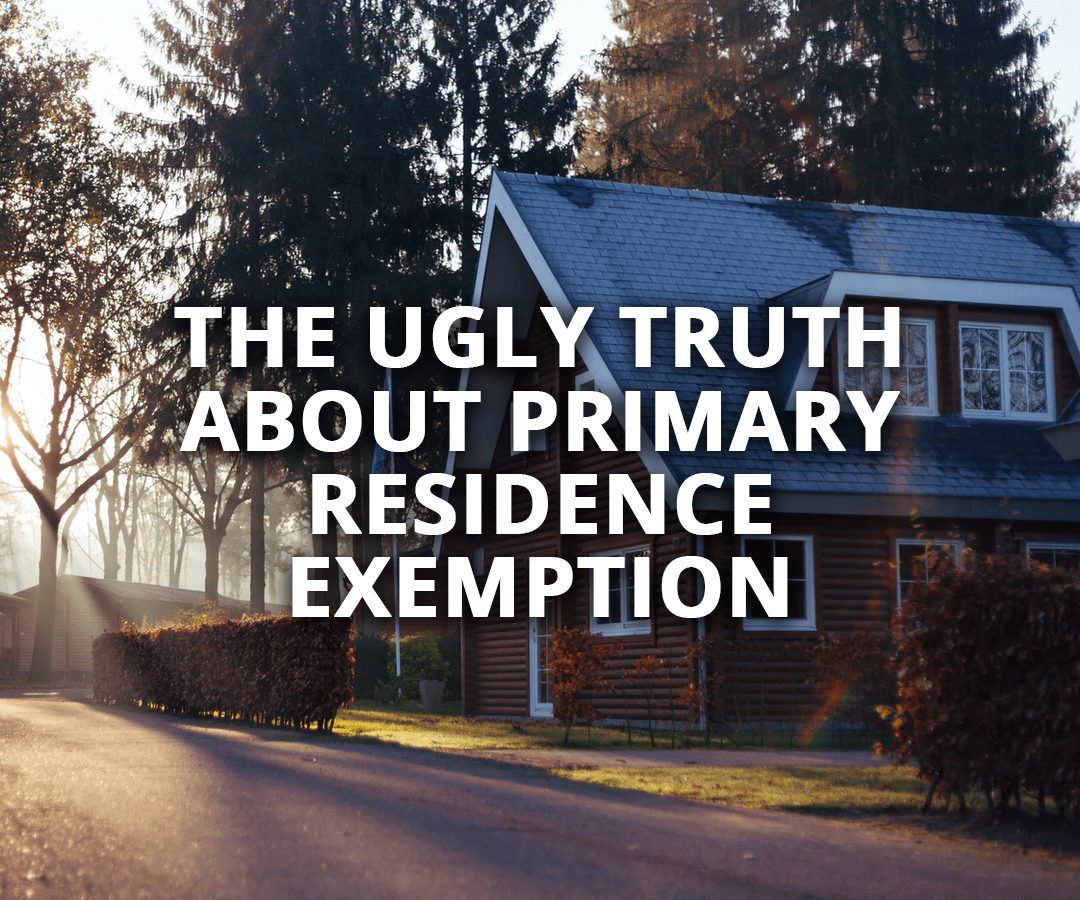
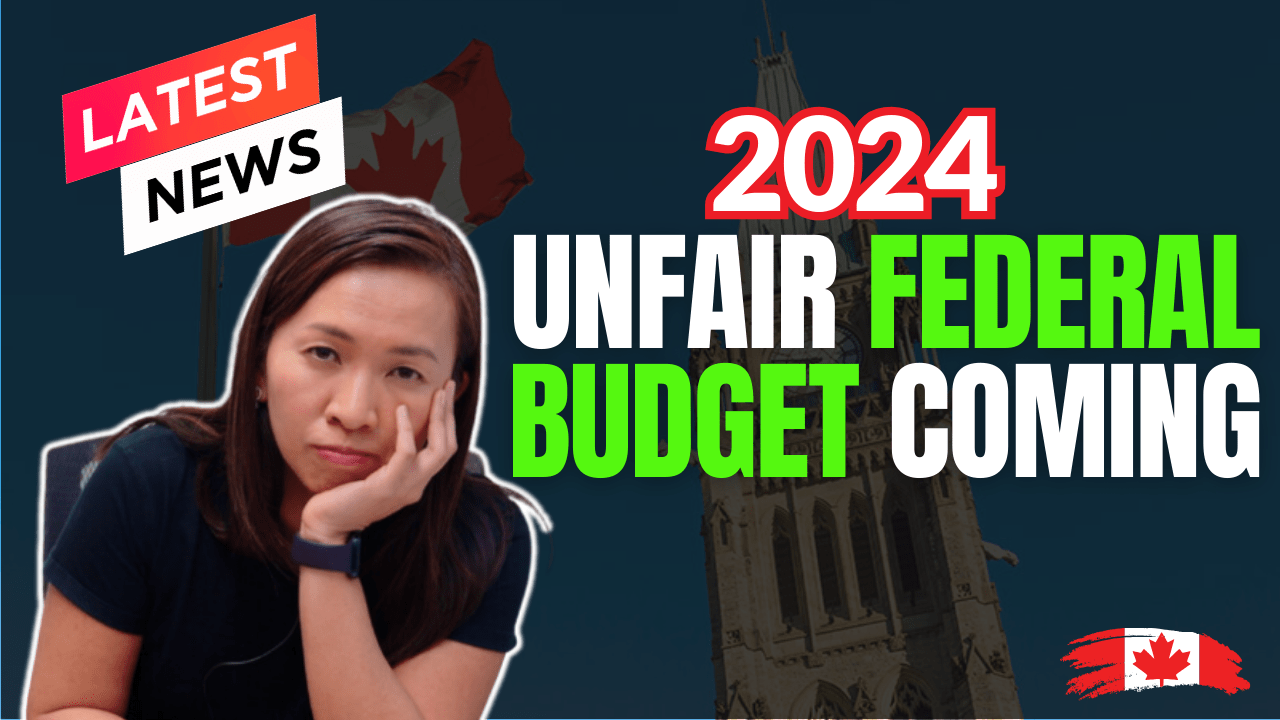

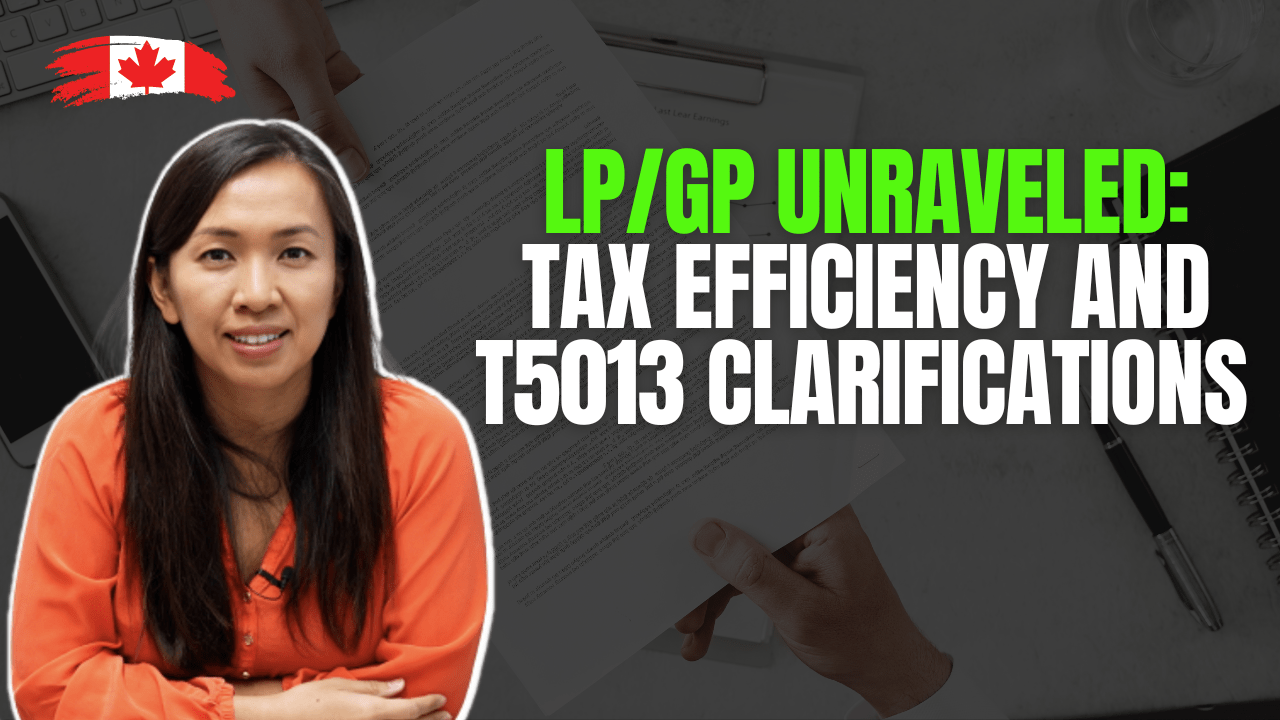
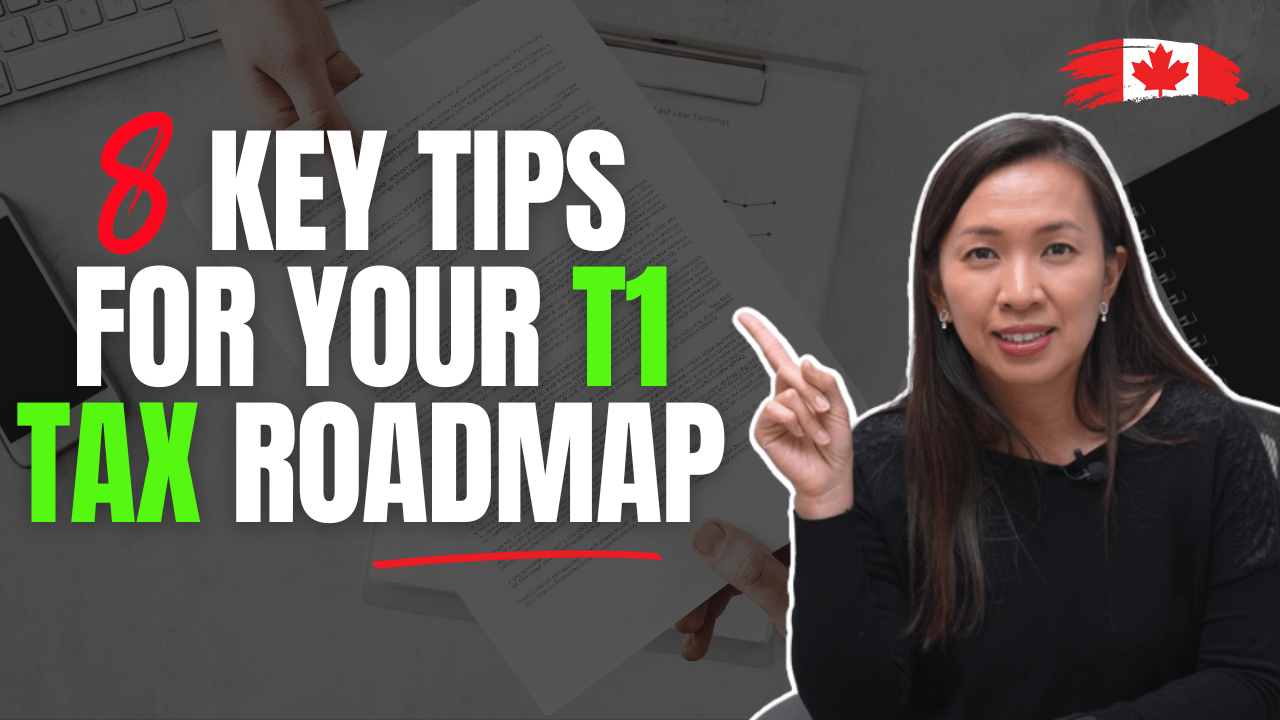
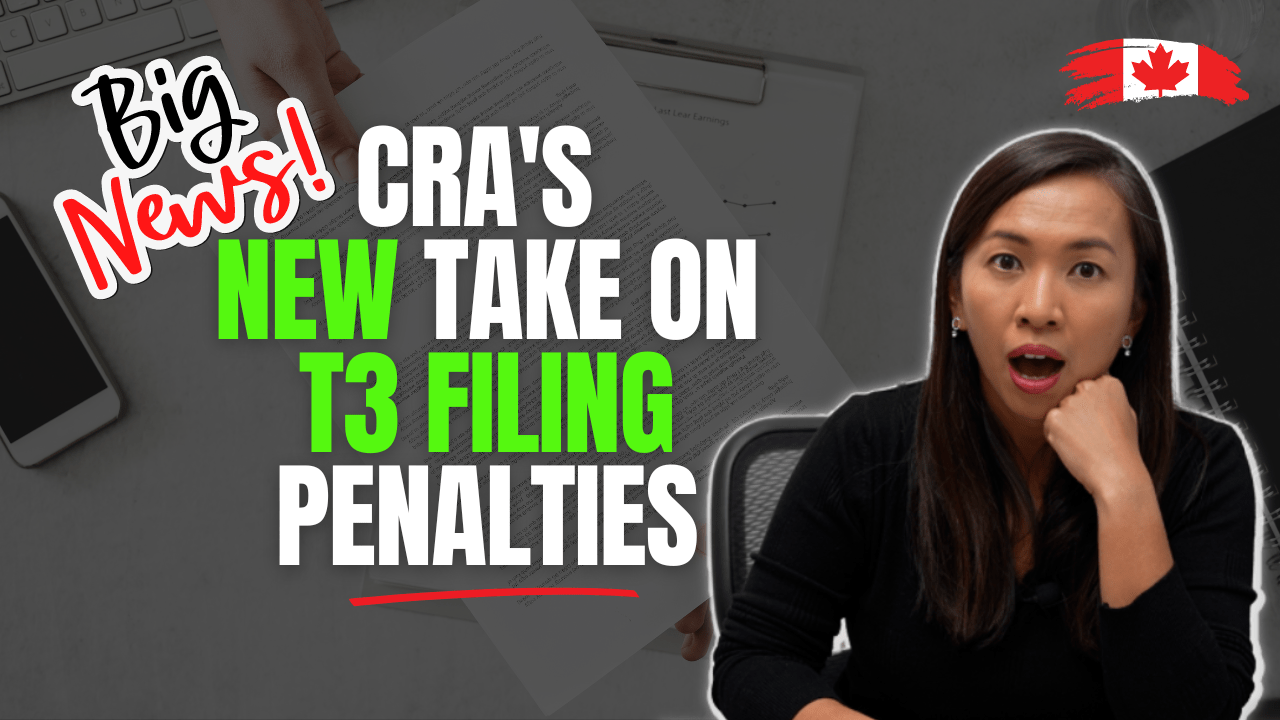
Gannayya Bommali
Good explanation, Cheery. Thanks for englighting.